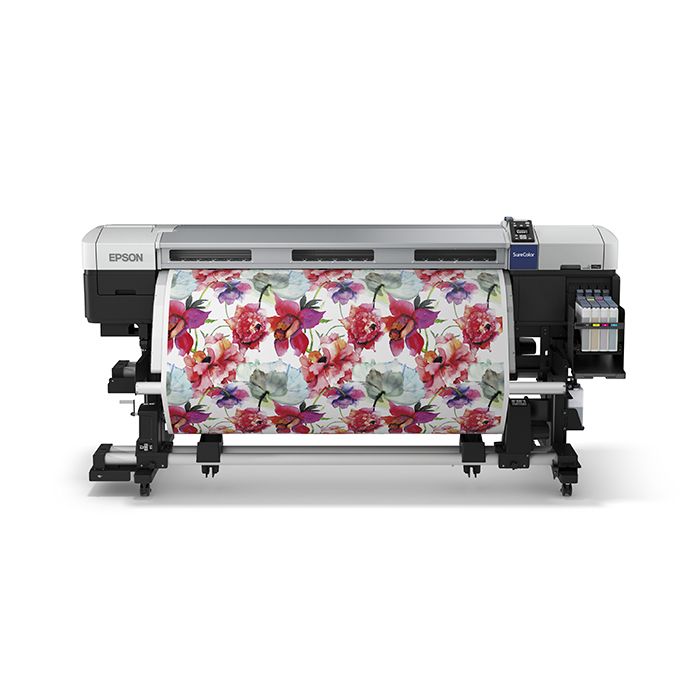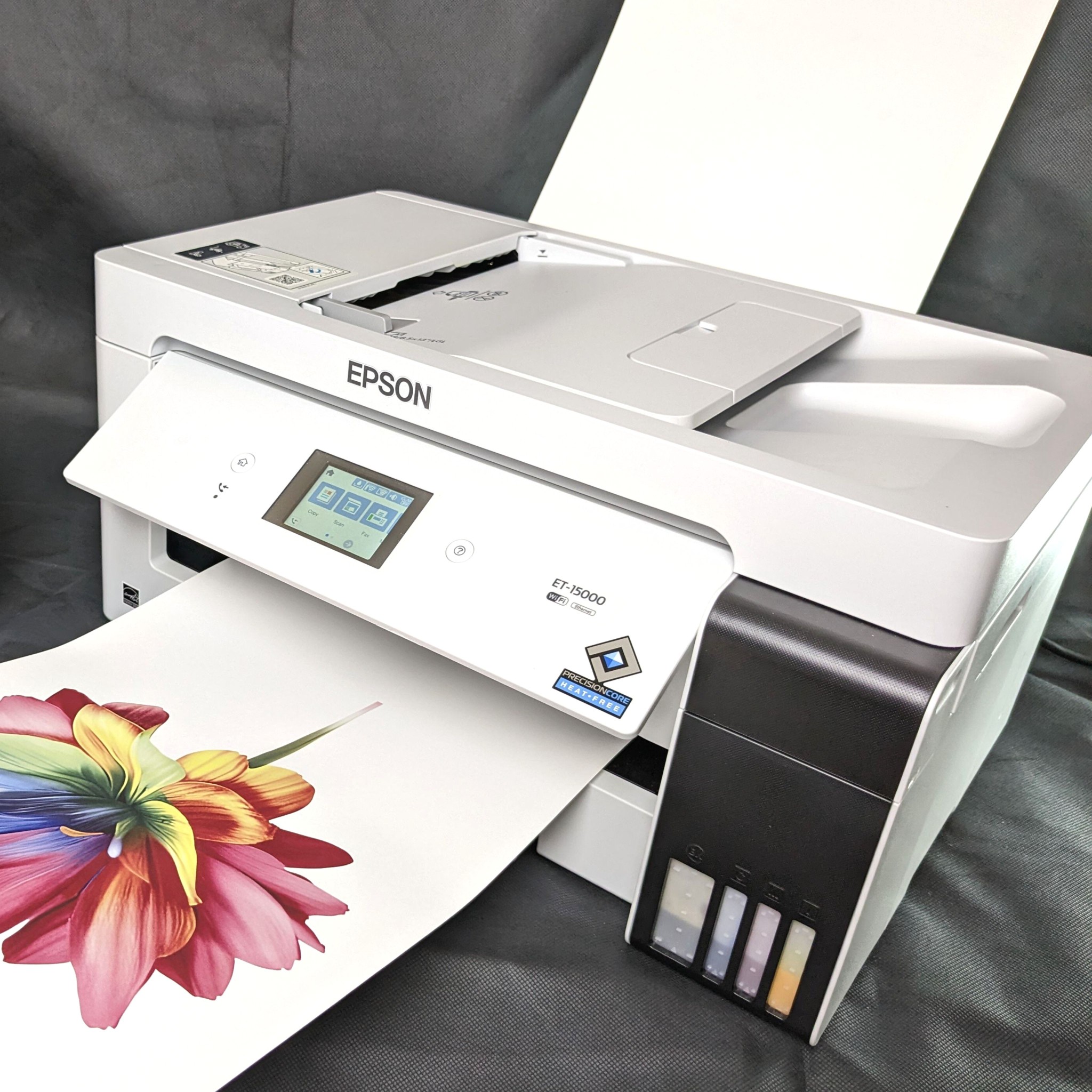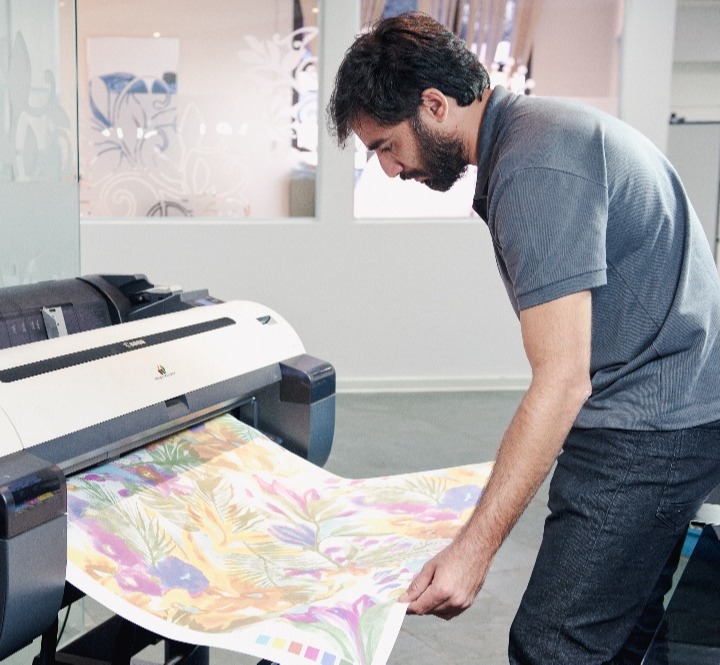Technologies in DTF Printing: Just How It's Transforming the Sector
The fabric printing sector is undergoing a significant transformation, driven by the sophisticated developments in Direct-to-Film (DTF) innovation. These innovations are not just improving print quality and adaptability however likewise streamlining the whole printing process. With exceptional ink formulations, enhanced film and sticky technologies, and the assimilation of automation, DTF printing uses dynamic, durable prints on a selection of fabrics, fulfilling the boosting demand for personalization. As organizations seek a lot more effective and eco-friendly solutions, the ramifications of these improvements necessitate a closer exam into exactly how they are shaping the future of fabric printing.
Developments in DTF Technology
Progressing rapidly, DTF (Direct-to-Film) printing modern technology has actually gone through substantial improvements that are changing the textile industry. Modern DTF printers use sophisticated ink solutions that result in vivid, resilient prints with high resolution and color precision.

In addition, advancements in movie and sticky technologies have boosted the overall application procedure. New movies offer far better elasticity and attachment, improving the toughness and washability of the printed styles - sublimation printing. This guarantees that the prints preserve their stability and vibrancy also after several washes
Last but not least, environmental factors to consider have actually triggered the growth of environment-friendly DTF remedies. Producers are increasingly embracing sustainable methods, such as utilizing recyclable films and water-based inks, lining up with international initiatives to decrease the industry's ecological impact.
Benefits Over Standard Methods
When comparing DTF printing to typical methods such as screen printing and direct-to-garment (DTG) printing, several unique benefits emerge. screen printing. Among the most considerable advantages is its convenience in textile compatibility. Unlike screen printing, which often calls for details fabric kinds, DTF printing can be used to a more comprehensive range of materials, consisting of cotton, polyester, and blends, without endangering print high quality
One more noteworthy advantage is cost-effectiveness, especially for small to medium-sized orders. Standard screen printing becomes financially sensible just at greater volumes due to the configuration prices included. On the other hand, DTF printing gets rid of these setup expenditures, making it extra budget-friendly for smaller batches and one-off layouts.
In addition, DTF printing excels in toughness and washability. In addition, DTF printing offers faster turn-around times.

Enhanced Style Capacities
DTF printing supplies boosted layout capacities that set it apart from conventional printing approaches. The procedure entails printing a layout onto a special movie, which is then moved to fabric.
In addition, DTF printing sustains a large selection of fabrics, consisting of cotton, polyester, blends, and even non-textile substratums. This versatility opens up doors for imaginative applications in diverse industries such as fashion, home decor, and advertising products. Unlike screen printing, which can be restricting due to shade separation and pattern development, DTF printing streamlines the process, making multi-color and photo-realistic styles more easily accessible.
Additionally, DTF printing stands out in achieving regular shade accuracy and vibrancy. In essence, DTF printing encourages developers to press the borders of creative thinking, delivering aesthetically magnificent results that were formerly unattainable.
Cost and Time Performance
One of the significant benefits of DTF printing exists in its expense and time performance, making it a recommended selection for lots of businesses. Unlike traditional approaches that require considerable investment in displays and arrangement times, DTF printing allows for straight application onto numerous products with very little prep work.
Moreover, DTF printing succeeds in generating brief runs and personalized orders cost-effectively. The capacity to create top notch prints without the requirement for big volume commitments lessens waste and maximizes source appropriation. This flexibility is particularly helpful for small organizations and startups that may not have the funding to purchase large production runs.
In regards to operational performance, news DTF printing's streamlined workflow boosts total productivity. The modern technology's compatibility with a vast variety of substrates and fabrics even more widens its application range, reducing the demand for multiple printing systems. Consequently, organizations can achieve a faster turnaround time, enhancing consumer contentment and competitiveness on the market. Therefore, DTF printing sticks anonymous out as a transformative service in the printing industry.
Future Trends in DTF Printing
Expecting future trends in DTF printing exposes a landscape noted by fast technological improvements and increased market need (sublimation printing). One substantial pattern is the assimilation of artificial knowledge (AI) and machine discovering formulas to optimize print quality and enhance operations. AI-driven systems can anticipate potential issues and change settings in real-time, ensuring continually premium output
Furthermore, improvements in eco-friendly inks and lasting products are expected to gain traction. As environmental worries come to be a lot more pressing, the sector is most likely to see a shift towards biodegradable and non-toxic inks, minimizing its eco-friendly impact.
Customization and personalization will additionally play an essential role. With the expanding consumer need for one-of-a-kind, individualized products, DTF printing modern technologies are evolving to provide more elaborate and detailed customization options. This pattern is sustained by improved software remedies that permit for more complicated and creative styles.
Lastly, the assimilation of DTF printing with view publisher site other electronic systems and e-commerce options will certainly become much more seamless. This connectivity will enable companies to use on-demand printing solutions directly to customers, additionally driving development in the sector. These trends jointly highlight a future where DTF printing not just fulfills yet exceeds the progressing needs of the market.
Conclusion

When contrasting DTF printing to typical methods such as display printing and direct-to-garment (DTG) printing, numerous distinctive benefits emerge. Unlike screen printing, which usually calls for details material kinds, DTF printing can be used to a more comprehensive array of products, consisting of cotton, polyester, and blends, without endangering print high quality.
DTF printing offers boosted style abilities that set it apart from conventional printing methods. Therefore, DTF printing stands out as a transformative solution in the printing sector.
Developments in DTF printing dramatically improve the textile printing market by providing superior print performance, flexibility, and quality.